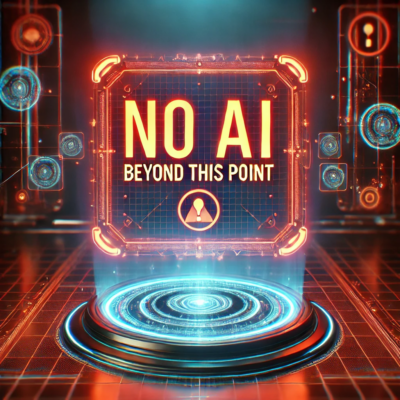Energy supply is increasingly becoming a decisive factor in the mobility transition. The use of intelligent IT systems to control energy sources such as electricity, solar and hydrogen enables companies not only to increase their efficiency, but also to protect the environment.
This text looks at how technologies such as smart grids and AI-based solutions can be used in practice to shape the energy supply of the future.
Electricity-based mobility and smart grids
Let’s imagine a logistics company expands its fleet to electric vehicles (EVs). By implementing an intelligent smart grid system, the company could optimally control its charging times and charge the vehicles when energy prices are low or renewable energy sources are available.
This would optimize energy consumption and reduce operating costs. Studies show that smart grids can reduce electricity consumption by up to 8.5 % and CO2 emissions by up to 30 %.
Practical example:
As part of a project by Nissan and Imperial College London, an annual CO2 reduction of up to 60 tons per vehicle was achieved through the use of vehicle-to-grid (V2G) technology. In addition, savings of up to 13,300 euros per vehicle per year were achieved, which shows how V2G not only makes ecological sense, but also economic sense. (Source)
Integration of solar and hydrogen technologies
Another conceivable application would be for a construction company to install mobile solar charging stations for electric vehicles. With the help of IT systems, these charging stations could be optimized and monitored in real time.
The use of such systems would reduce the use of fossil fuels and lead to considerable cost savings in the long term. According to studies, solar and smart charging management could reduce CO2 emissions in fleets by up to 87%.
Hydrogen could also play a central role, especially in heavy commercial vehicles. An intelligent IT system would monitor the production and distribution of hydrogen and dynamically control the energy flow.
In a scenario in which V2G technologies are implemented, feeding surplus energy back into the grid could not only contribute to grid stability, but also reduce operating costs by up to 1,386 euros per vehicle per year. (Source)
IT-supported CO2 reduction through machine learning
Machine learning and predictive analytics offer companies further opportunities to optimize energy flows and reduce CO2 emissions. According to the World Economic Forum, digital technologies in sectors such as mobility and energy could achieve a CO2 reduction of 4-10% by 2030, while the long-term potential is up to 20%.
These technologies make it possible to monitor energy consumption in real time and manage it proactively, which is not only ecologically but also economically beneficial.
A practical example:
As part of a project in California, which focused on Shared Autonomous Electric Vehicles (SAEVs), a CO2 reduction of up to 95% was achieved through the integration of smart charging. This shows the enormous potential that lies in the combination of IT systems, electric vehicles and intelligent energy management
Challenges and opportunities for IT service providers
However, the introduction of such technologies also brings challenges. One of the biggest challenges is the standardization of interfaces and the integration of different energy sources and charging systems.
IT service providers need to develop solutions that are not only flexible but also scalable. Nevertheless, there are great opportunities: studies show that companies that rely on IT-supported energy management systems can reduce their energy costs by up to 15 %. (Source)
Future prospects and innovation
Future technologies such as inductive charging and autonomous charging could revolutionize the charging process even further. Electric vehicles could autonomously connect to charging stations and charge wirelessly in the future, further automating the process and improving the user experience(Whitepaper-Charging AI-…).
These innovations are already in development and have the potential to significantly increase the efficiency of charging processes and the use of renewable energy.
Conclusion
The mobility transition requires a close integration of IT systems and energy infrastructures. IT service providers are in a unique position to not only transform the mobility industry by implementing smart grids, V2G and AI-based technologies, but also to make the energy supply more sustainable and efficient.
The integration of these technologies will enable companies to improve their carbon footprint while reducing costs.
Read more in our white paper on “Artificial intelligence and electric vehicle charging”. There you can find out how AI is revolutionizing the charging infrastructure and making the charging process more efficient and intelligent.

Would you like to know more about this topic?
Our AI expert is here for you!




